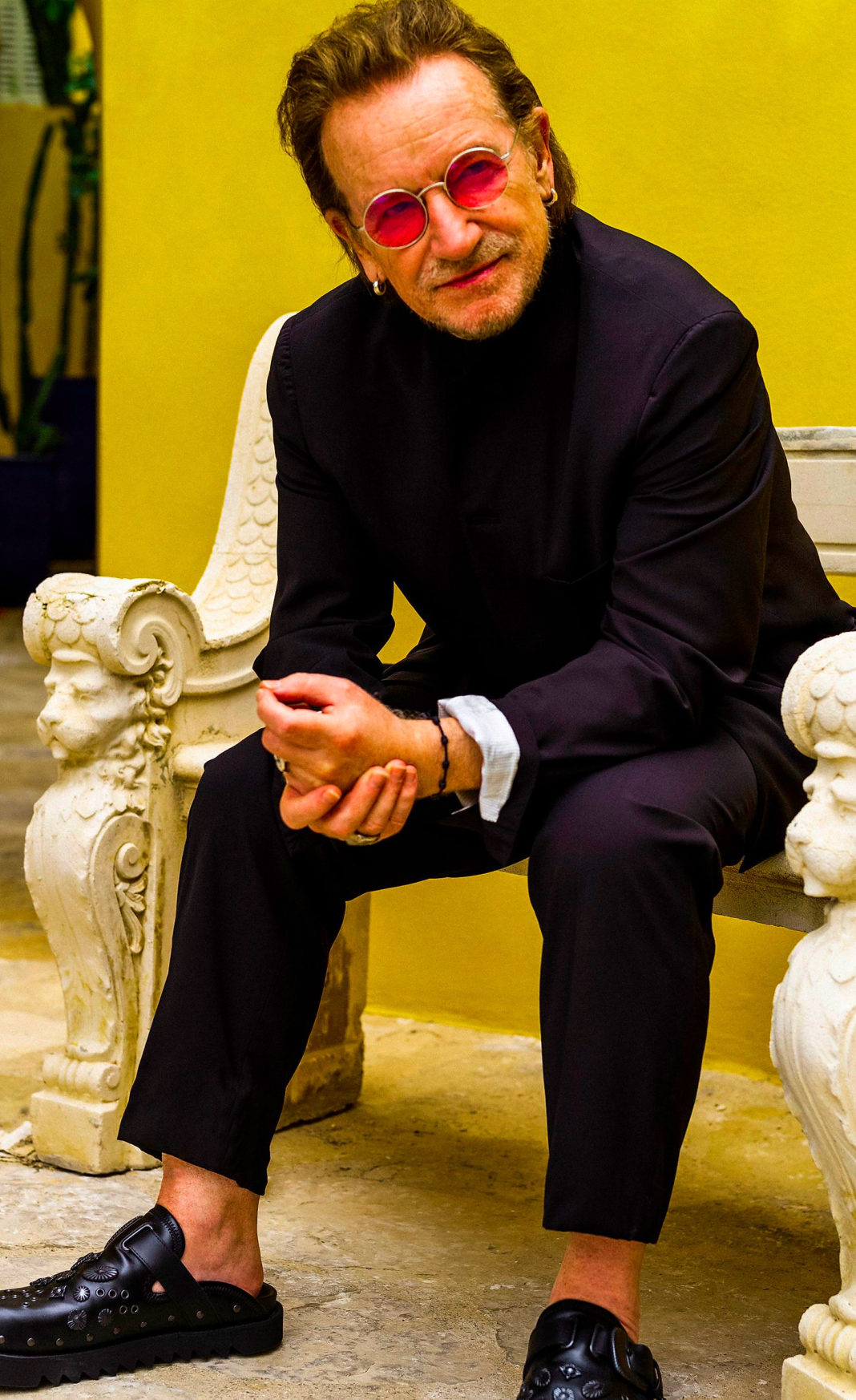Bono’s New Chapter: A Story of Reflection and Renewal
During a recent visit to his South of France estate, the U2 frontman reflected on his life, career, and the creation of his new film.
Near the end of our initial meeting, Bono casually mentioned the proximity of W.B. Yeats’s tomb. It was early April, and the singer was personally escorting me to my car from his luxurious French getaway. The Mediterranean Sea stretched out behind us, a breathtaking expanse of blue. The property itself was expansive, containing several houses and pools, offering considerable seclusion despite the proximity to Monaco and Cannes. Bono isn’t the first Irishman to exchange Ireland’s damp climate for the Côte d’Azur’s sunshine, but his approach might be considered superior.
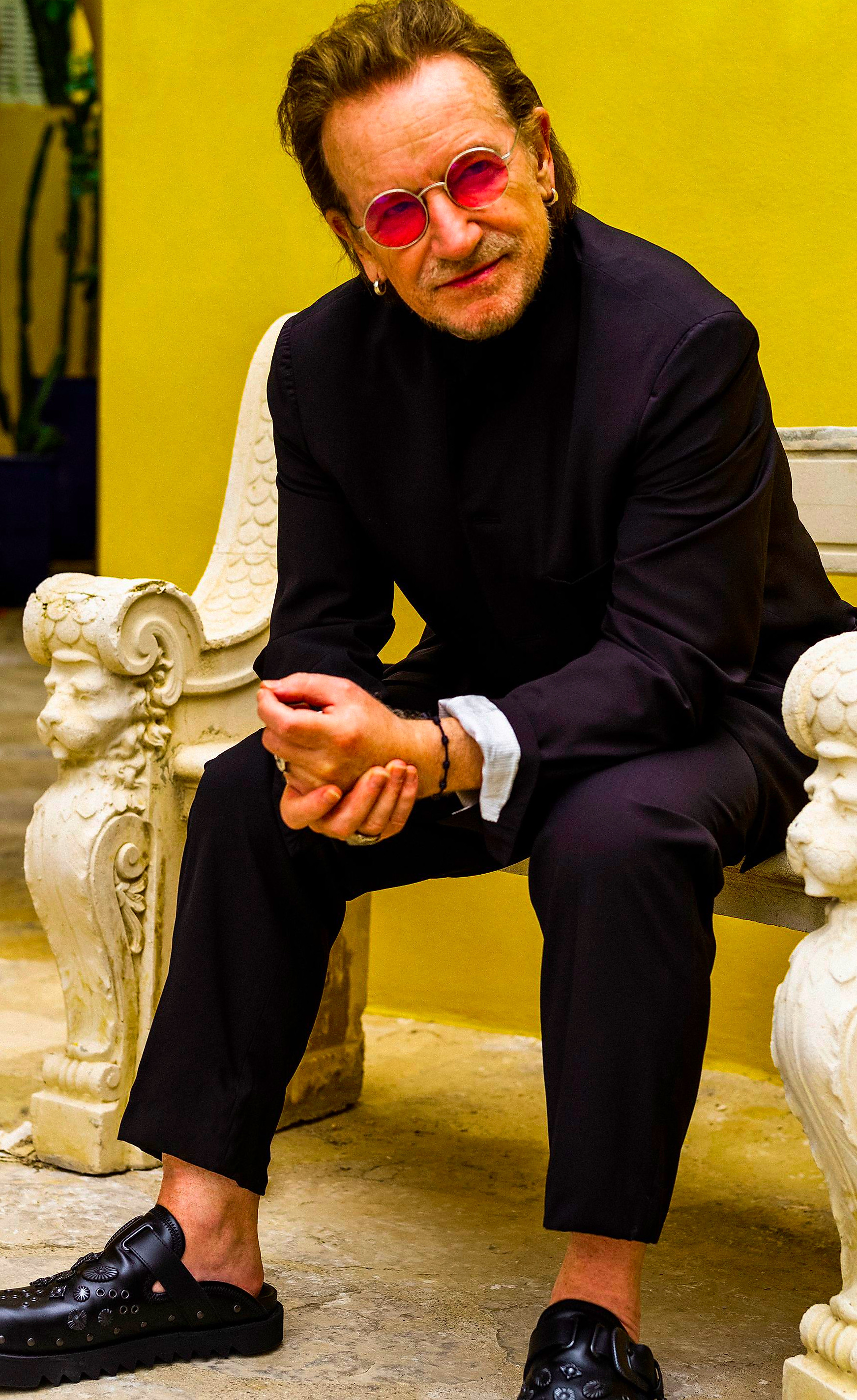
Jacket and trousers by Umit Benan; T-shirt by Dries Van Noten; sandals by Toga Virilis; sunglasses and jewelry, Bono’s own.
Maintaining this haven has required substantial effort. The estate has seen additions to accommodate growing families over time. On the day of my visit, construction was underway, and one pool was empty – preparations for the upcoming summer season. However, this idyllic retreat has offered Bono and his band significant personal benefits.
A few days later, while seated in one of the living rooms, Bono shared, “This place rescued our musical careers.” The living area was stunning yet informal: two large gray sofas, floor-to-ceiling windows overlooking the sea, a piano, and a substantial fireplace. Despite the setting, Bono’s attire remained distinctly unchanged from his Dublin rock star style—black jeans, a black V-neck shirt, and an army-green work jacket, in stark contrast to the pastel vacation attire of his neighbors.
The decade prior to acquiring the summer home had been both exhilarating and intensely demanding. Bono described the process of achieving global superstardom as “pushing a boulder uphill,” a challenge that affected all band members. U2 had transformed into serious musical artists, but they hadn’t yet mastered the art of enjoying their success. “We were slow to adapt,” he admitted.
Their French retreat may have indeed preserved their music. Remarkable albums followed, such as 2000’s “All That You Can’t Leave Behind” and 2004’s “How to Dismantle an Atomic Bomb.” (We’ll allow individual listeners to form their own opinions on 1997’s “Pop,” a more divisive release.) However, conversations with Bono revealed a deeper significance to his South of France sanctuary: “It’s an antidote to one of my personas,” he explained, referring to the persona driven by a relentless pursuit of global musical acclaim, awards, and innovative artistic expression, and by his philanthropic endeavors.
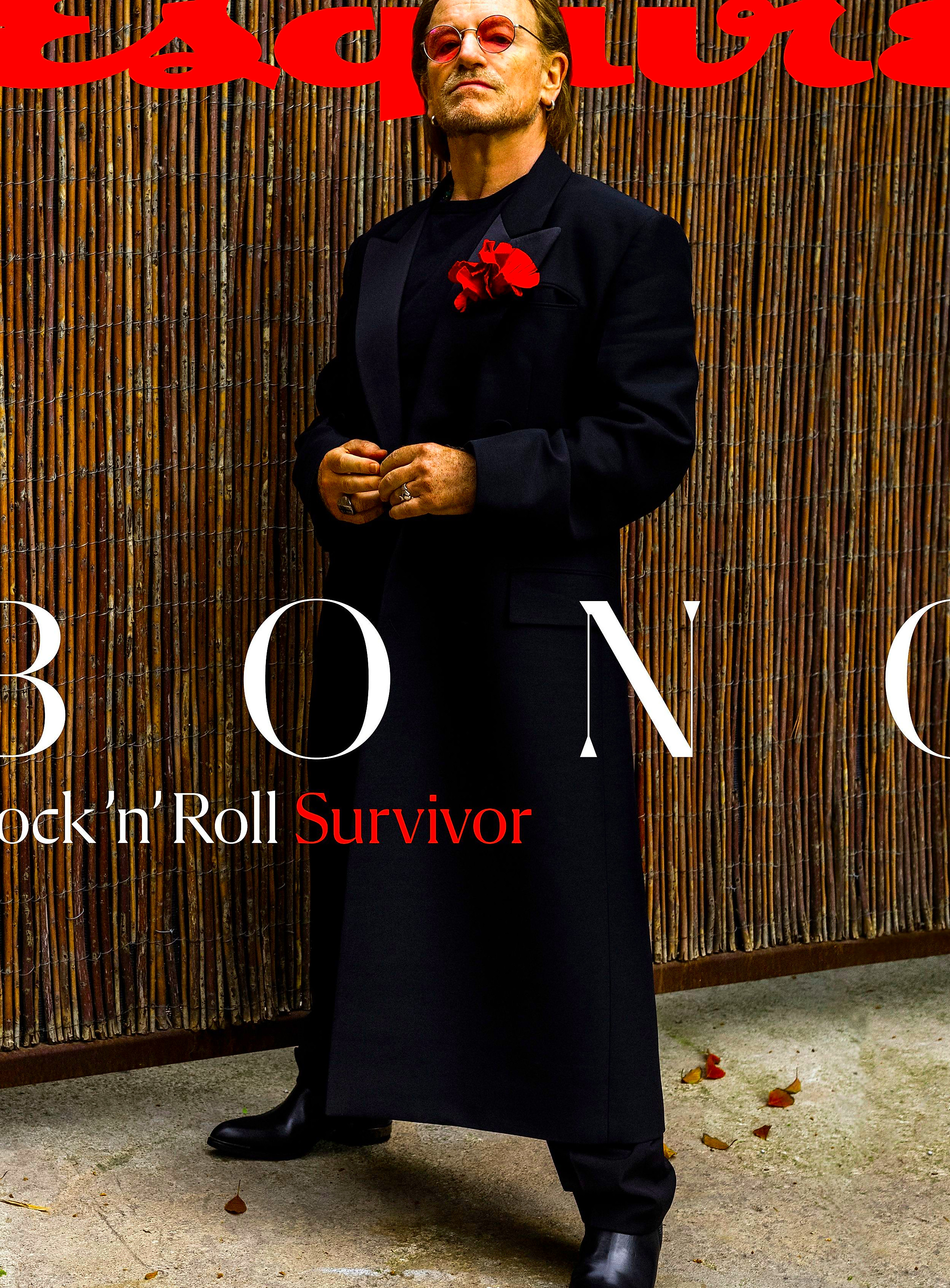
While acknowledging that complete anonymity wasn’t achievable, Bono noted that the respectful nature of the French allowed for a degree of privacy. After years of intense focus on their careers, Bono finally learned to relax, enjoying leisurely meals, late nights, time with his family, and social gatherings.
Reflecting on this period, Bono admitted to possible overindulgence, “I experienced the exuberance of adolescence backward, in my thirties instead of my teens,” he said. “I had to question the boundaries of self-love and self-indulgence,” but expressed gratitude for the experience.
While the family visits, primarily during the summer, Bono often spends time at the estate alone, describing his schedule as “working relentlessly, living comfortably.”
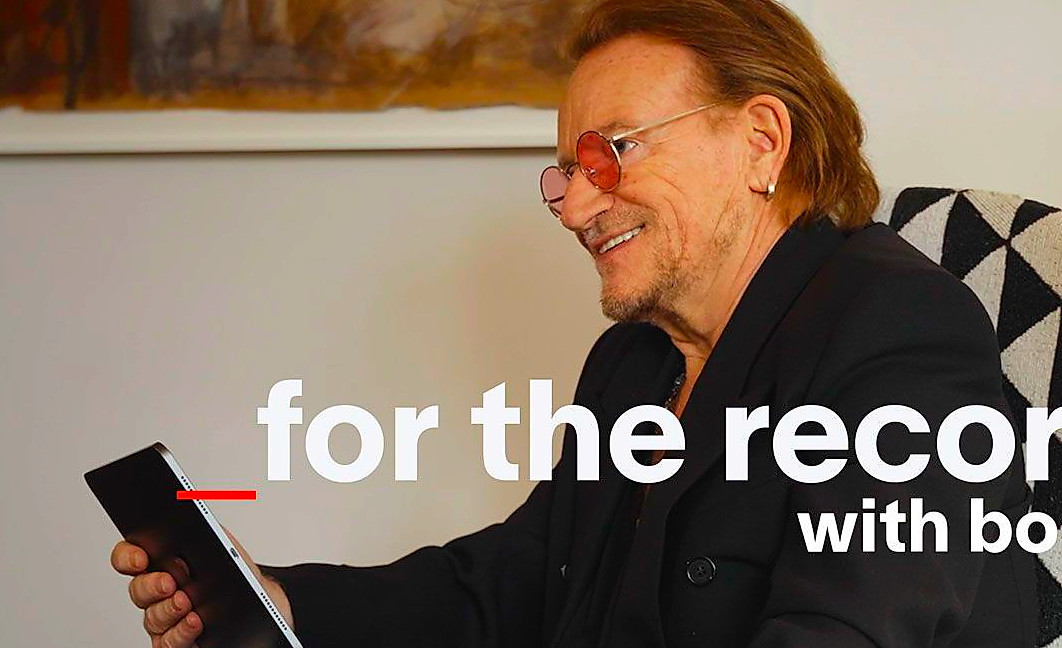
This week’s visit centered on his compelling new film, “Bono: Stories of Surrender.” Filmed during his solo stage show, it is a vulnerable adaptation of his memoir. Critics might dismiss it as a nostalgia-driven money grab, but such interpretations would severely misrepresent Bono’s current life stage.
The past few years have been a period of recovery and self-reflection for Bono, who recently celebrated his sixty-fifth birthday. He overcame a significant health crisis, re-evaluated his philanthropic work, and confronted past traumas. This journey of self-discovery has resulted in positive transformation. Yet, despite this period of introspection, Bono’s relentless drive remains. U2 is actively recording new music, potentially their first album in almost a decade, fueling Bono’s enthusiasm.
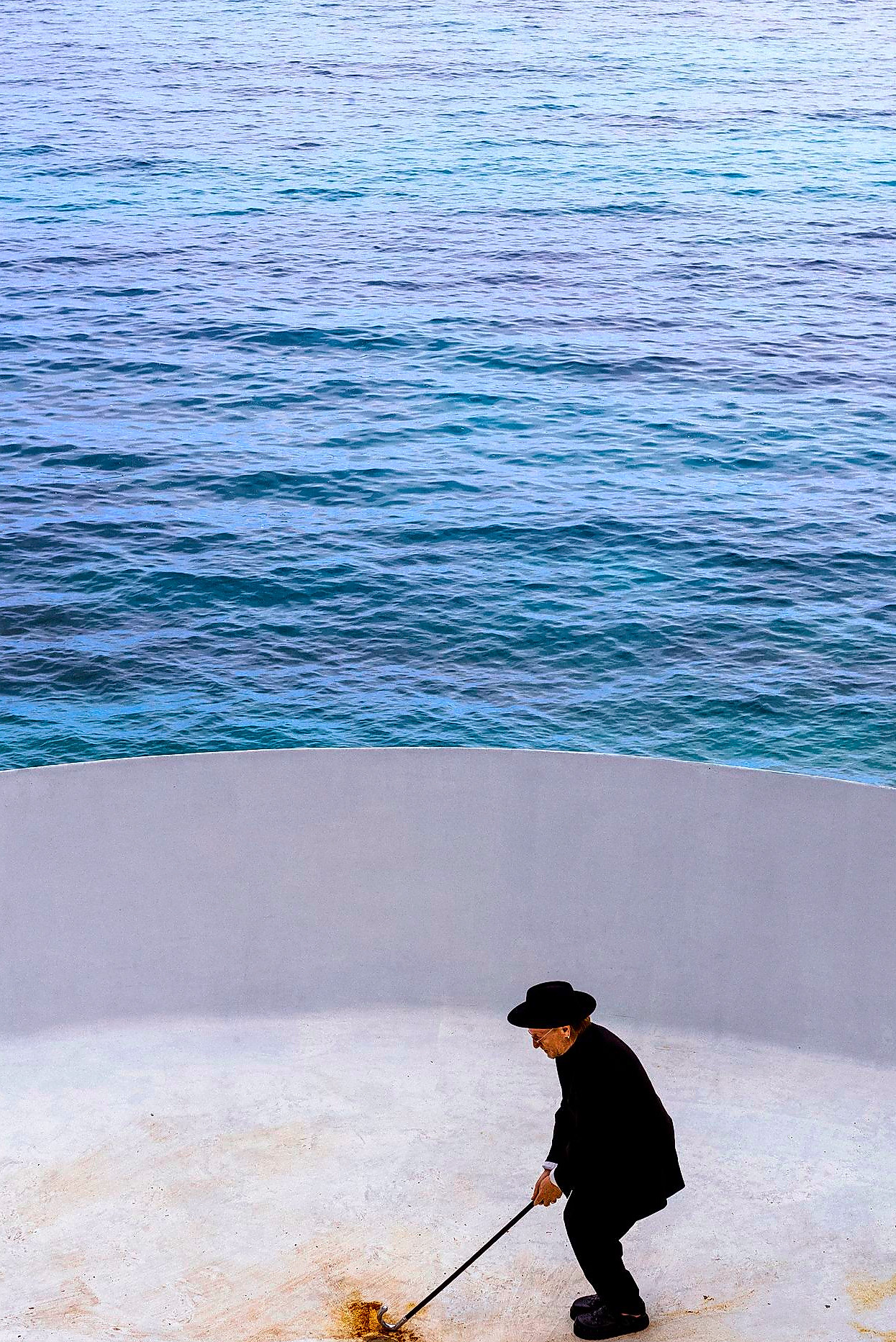
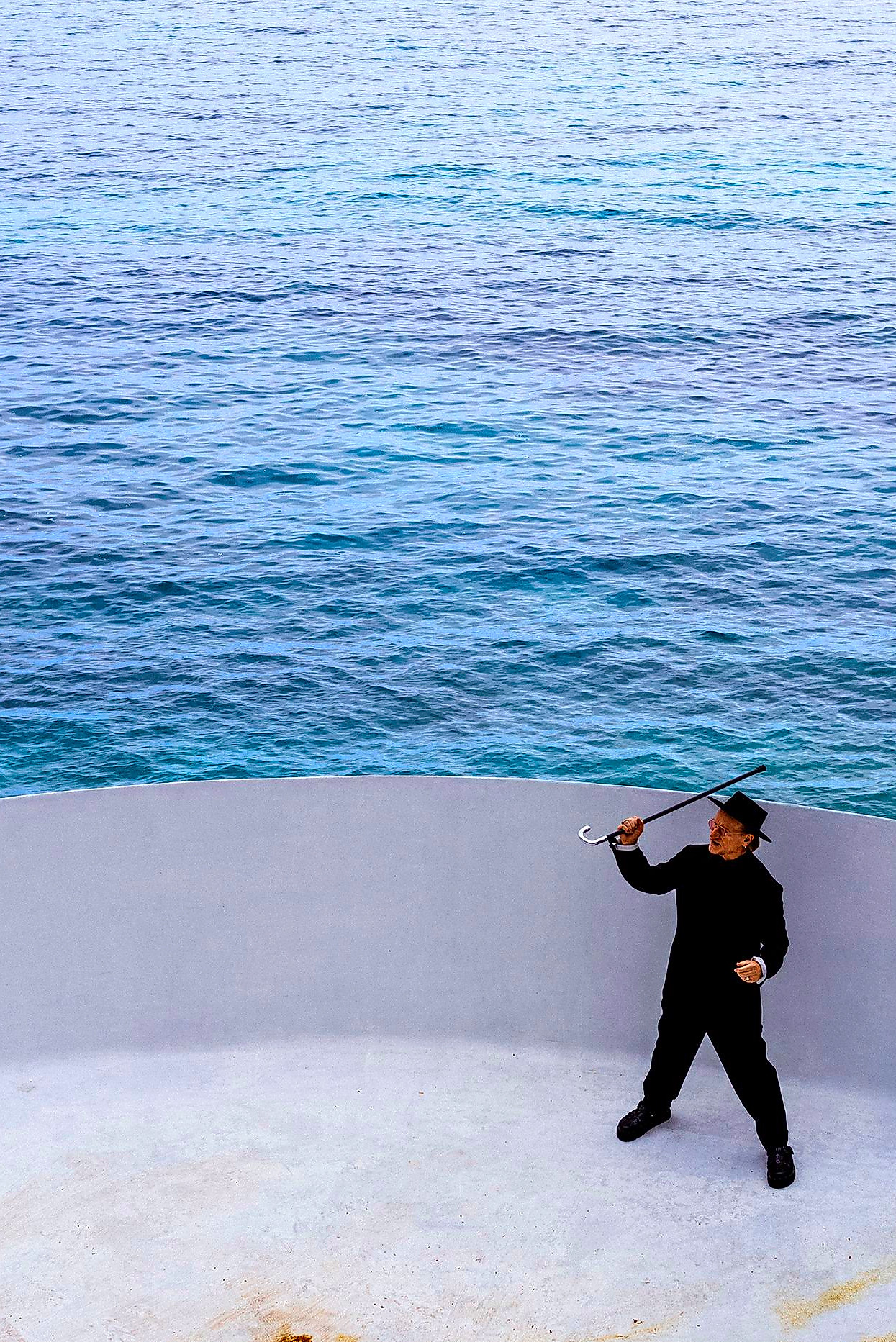
Coat, jacket, and trousers by Umit Benan; T-Shirt by Dries Van Noten; hat by Lock & Co.; sandals by Toga Virilis; cane by Ottavio Recalcati; sunglasses and jewelry, Bono’s own.
The film’s creation wasn’t initially conceived as a major project. Apple Studios approached Bono after his show’s dates were already fixed, leading to the development of a traditional film and an immersive version for Apple Vision Pro, which included Bono’s own illustrations. Director Andrew Dominik’s involvement further intensified the production process.
Within U2, where decisions are collaborative, Bono has often navigated creative differences. Dominik challenged Bono in unexpected ways, pushing him to confront past traumas, prompting a profound personal shift that transcended the film itself.
Bono recounted a specific instance where Dominik refused to accept his performance, insisting on authenticity rather than acting. This demand for raw emotion helped him to process deeply buried emotions.

U2’s origin story is legendary. In 1976, a fourteen-year-old Larry Mullen Jr. posted a flyer seeking bandmates at his Dublin high school. Paul Hewson, David Evans (the Edge), and Adam Clayton responded. Hewson, who later adopted the stage name Bono, was coping with the loss of his mother and a strained relationship with his father.
Bono’s resilience and charm helped him navigate those challenging years. A childhood friend, Gavin Friday, shared anecdotes illustrating Bono’s resourcefulness and determination to overcome his difficult circumstances.
Bono’s relationship with his father, Bob Hewson, was complex and marked by a lack of attention and critical comments. This fueled his ambition to achieve extraordinary success, a goal that ultimately became partially realized, albeit in ways that didn’t fully bridge the gap between them.
After Bob’s death in 2001, Bono’s lingering resentment began to shift when he contemplated the possibility that his father had also struggled with Iris’ death and was impacted by Bono’s own difficult teenage years. A year later, he sought forgiveness from his father at a nearby chapel.
The process of writing his memoir and performing his solo show proved deeply therapeutic, allowing him to process his feelings toward his father and gain a new understanding of their relationship.
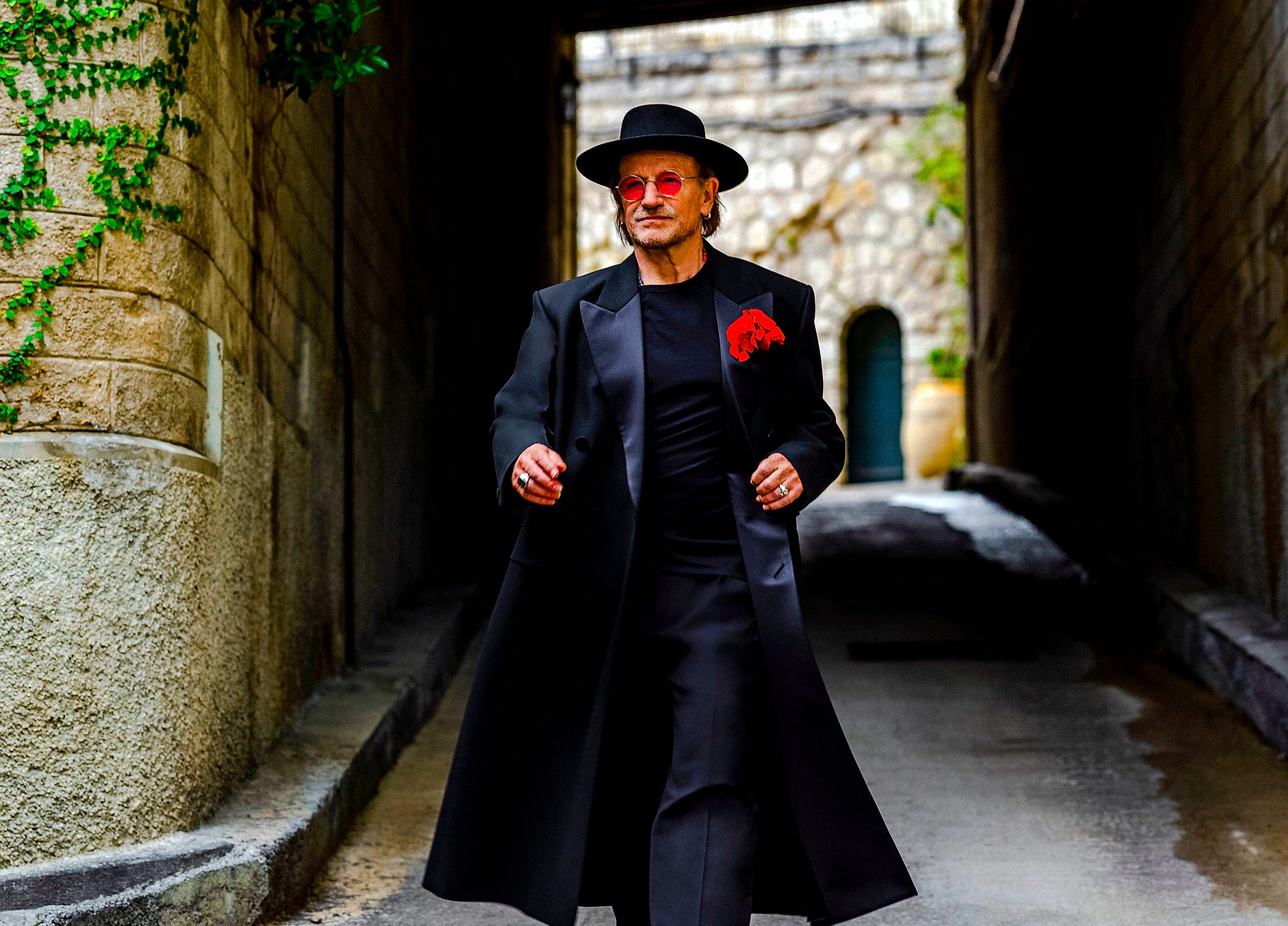
Coat, trousers, and pin by Ferragamo; T-shirt by Dries Van Noten; hat by Lock & Co.; sunglasses and jewelry, Bono’s own.
Bono’s desire for global betterment stemmed, in part, from his father’s own commitment to social justice. Bono’s profound wish for a closer relationship with his father is evident. Reaching his current state of peace brings both relief and sadness.
Bono’s impact on audiences has been divisive since U2’s third album, “War,” which reflected the political violence of their youth. “Sunday Bloody Sunday” propelled the album to success but also shaped the band’s identity, characterized by their earnest engagement with social and political issues.
Throughout their early career, U2 navigated a personal religious struggle, wrestling with their faith and the conflicts between their beliefs and the rock ‘n’ roll lifestyle. Their commitment to meaningful music became a defining characteristic, though not always positively received.
U2’s relationship with their home country is complex. Growing up during the Troubles, they advocated for peace and challenged international funding of violence. However, controversies such as accusations of tax avoidance and the controversial iTunes album release have added layers to their image.
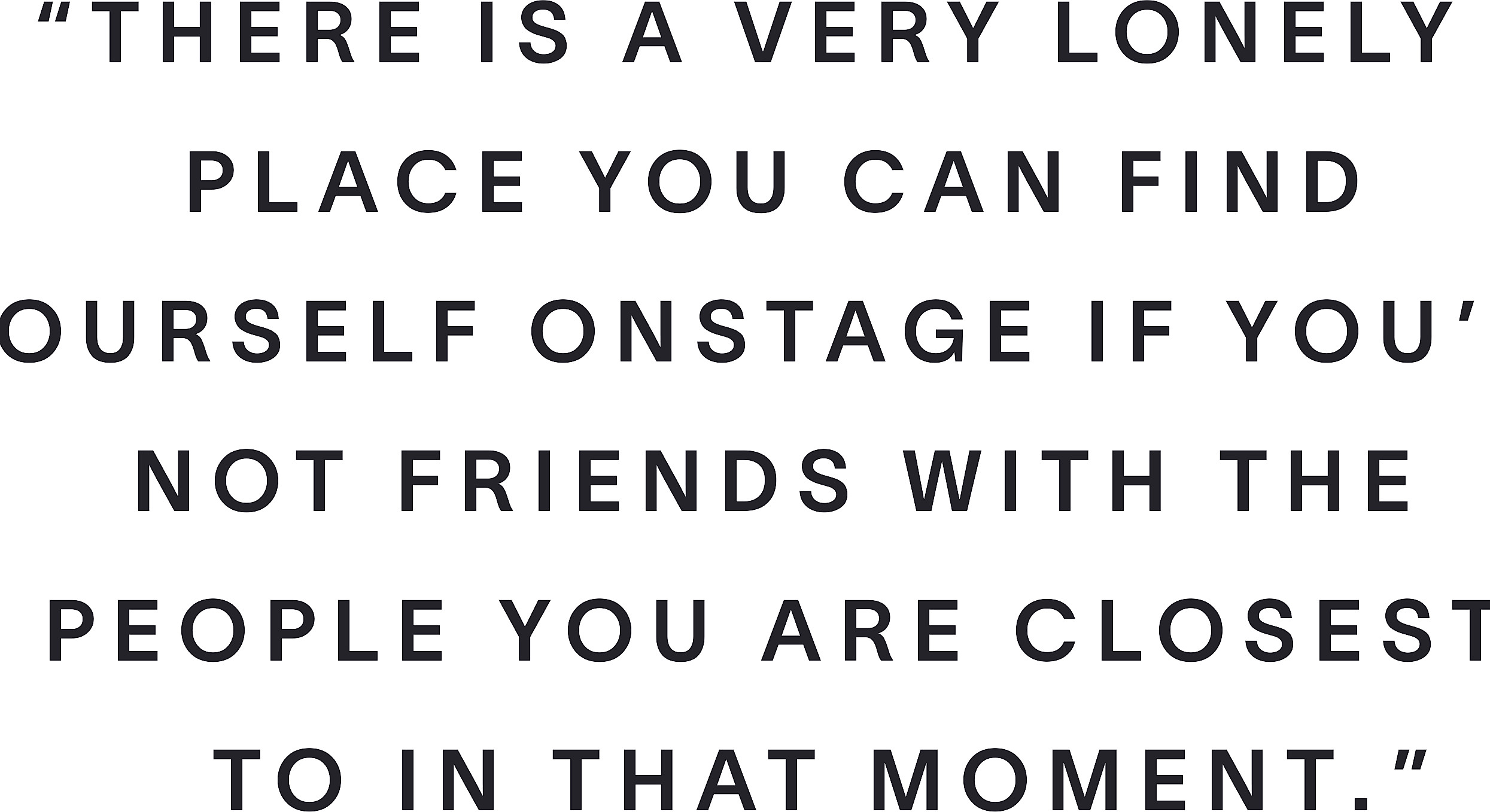
Jimmy Iovine, a long-time collaborator, described Bono as honest and responsible. Bono’s acceptance of both positive and negative reactions to his band is part of his outlook. He views criticism as part of the process of being a prominent public figure.
In 2016, Bono underwent open-heart surgery to address an aortic aneurysm. The recovery was challenging, but it led to a re-evaluation of his priorities and a new perspective on his life and career.
The subsequent years witnessed a period of creative output, including the Joshua Tree anniversary tour, his memoir, and the album “Songs of Surrender.” The culmination is his film, “Bono: Stories of Surrender,” reflecting his journey of self-discovery.
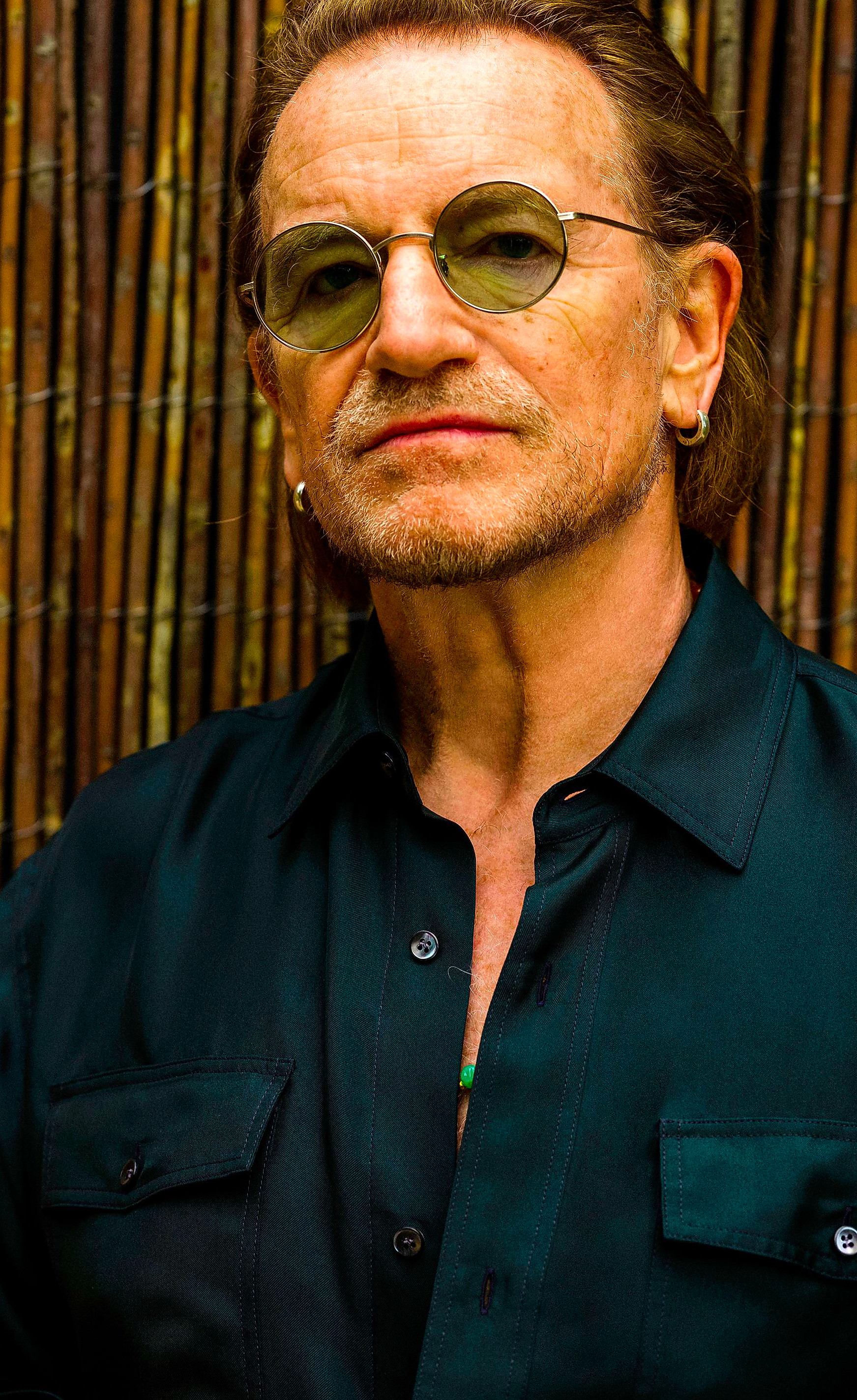
Shirt by Giorgio Armani; sunglasses and jewelry, Bono’s own.
His family encouraged him to slow down and incorporate everyday activities into his life. This led to his surprising discovery of enjoyment in watching television series, movies and other forms of entertainment.
Bono’s involvement in his philanthropic organizations, ONE and (RED), also underwent a reassessment, ultimately leading to his decision to step down from leadership roles. He felt it was essential to empower a new generation of activists and to acknowledge that his perspective was limited.
He addressed the challenges he faced under the Trump administration, particularly the cuts to global relief efforts, highlighting the frustration and anger this caused. However, the administration shifted his belief in the inevitability of justice, emphasizing the need for proactive efforts to achieve positive change.
He expressed concern about growing nationalism and its impact on globalization, a cause he has championed for years. While acknowledging the validity of some criticisms of foreign aid, Bono remains firm in his belief that global cooperation is essential.
He remains optimistic about the possibility of a unified Europe and the potential for American citizens to make informed decisions once provided with accurate information. He believes that the spirit of freedom and a sense of adventure are essential for progress.
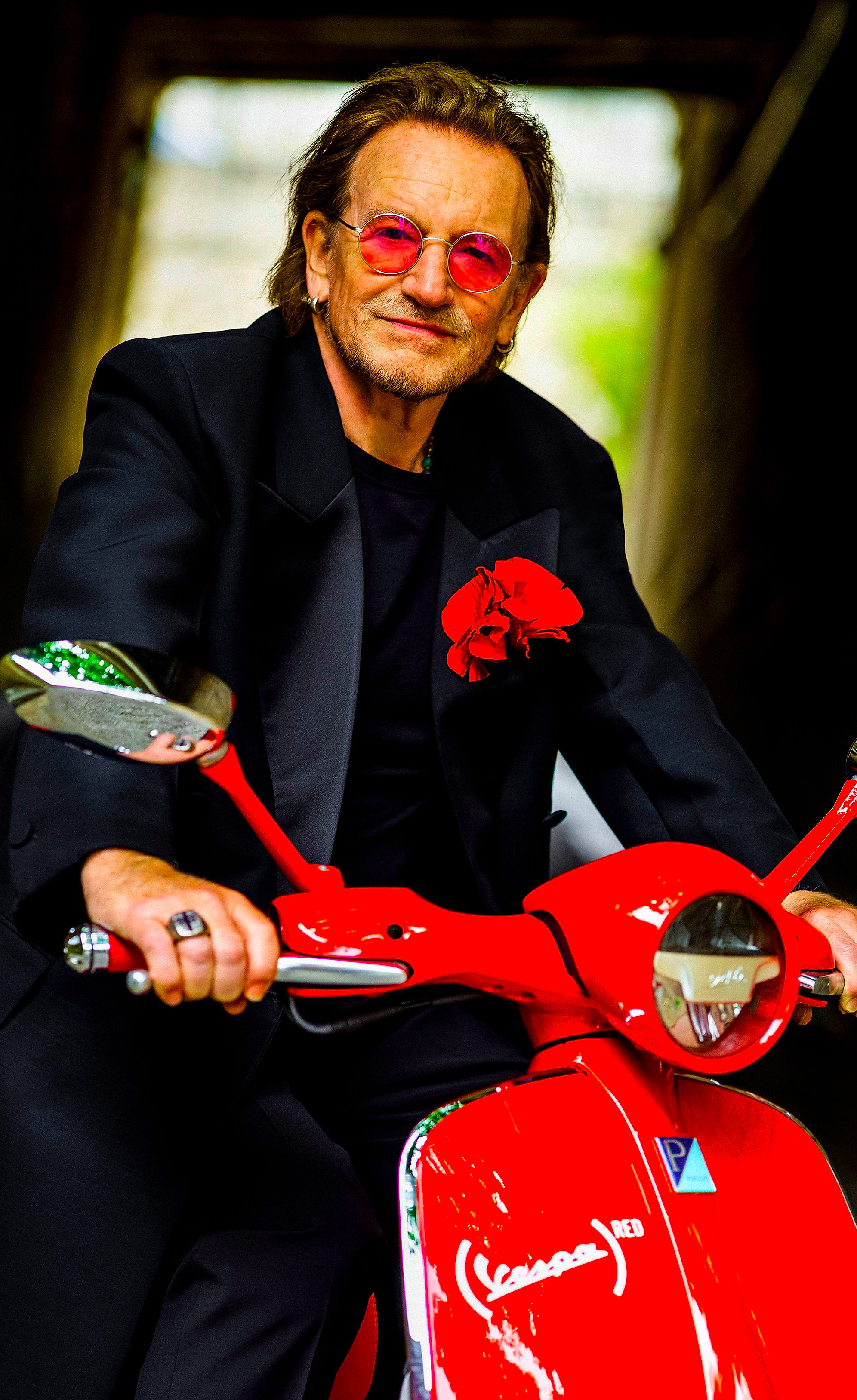
Bono on Vespa: Coat, trousers, and pin by Ferragamo; T-shirt by Dries Van Noten; hat by Lock & Co.; sunglasses and jewelry, Bono’s own.
The conversation with Bono touched on his family life, particularly his children’s achievements and his relationship with his wife, Ali. He reflected on his own upbringing and how his children’s lives contrast with his own upbringing.
The discussion shifted to the question of whether Bono’s relentless drive is an inherent part of his personality, irrespective of his family life. Bono acknowledged the profound impact of wanting to prove his father wrong but also acknowledged the different lives his children were experiencing. Bono recognized the healthy balance his children possess in their lives, contrasting with his own relentless pursuit of success.
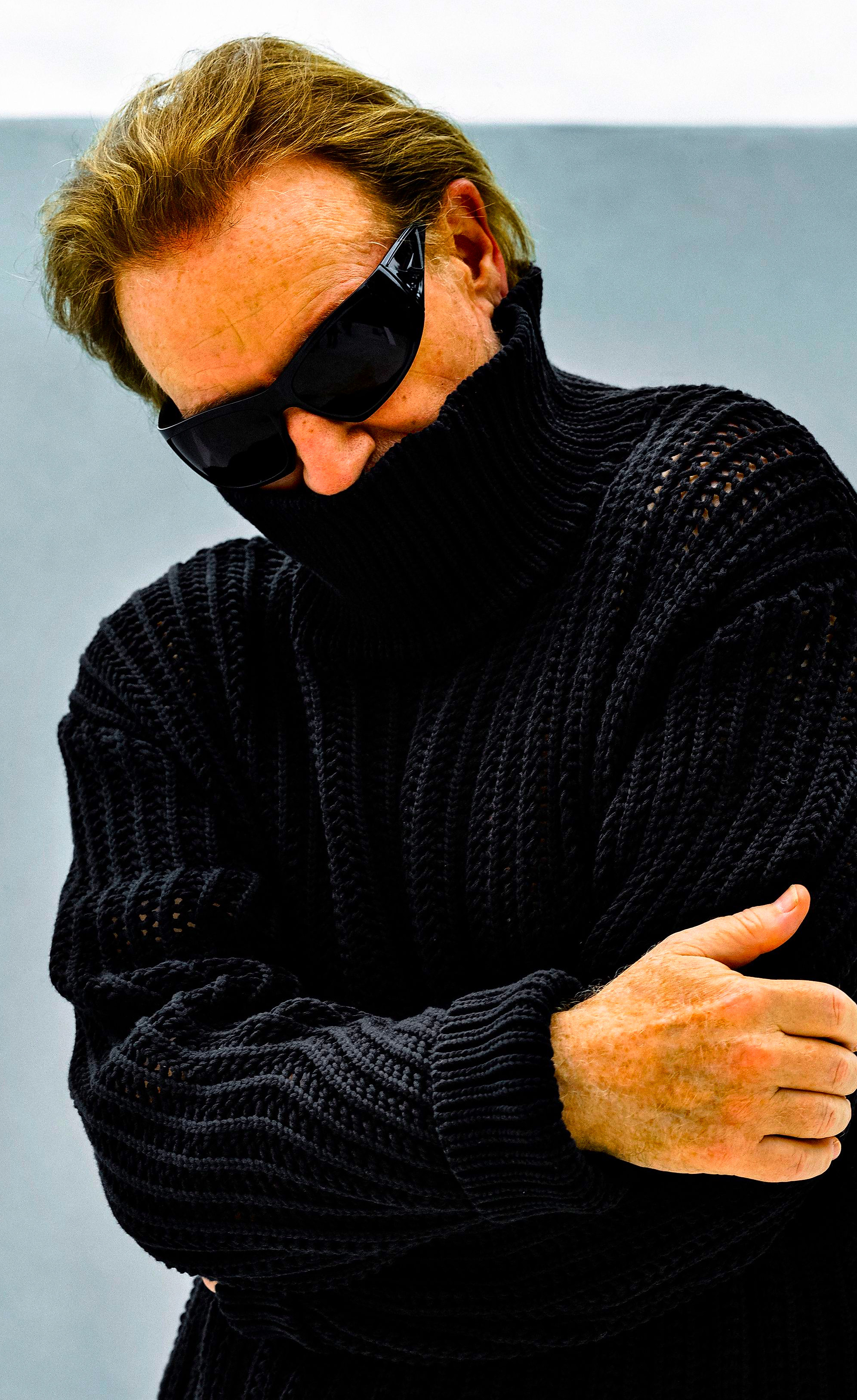
Sweater by Dries Van Noten. Sunglasses, Bono’s own.
Bono’s reflections on life, faith, and nature seamlessly intertwined, reflecting his expansive worldview and intellectual curiosity. He maintained self-awareness, grounding his thoughts in humor and practical observations.
He highlighted the importance of his wife, Ali, and a conversation with Chrissie Hynde about the value of a long and fulfilling life. He expressed pride in his children’s accomplishments and their commitment to making a positive impact.
He concluded by discussing his return to music and U2’s upcoming album. The creative process behind the new music is being driven by a longing for essential expression, influenced by past losses and the desire for personal and artistic fulfillment.
In the opening photo: Jacket by Dries Van Noten. Sunglasses and jewelry, Bono’s own. In the cover image: Coat, trousers, and pin by Ferragamo; T-shirt by Dries Van Noten; sunglasses, shoes and jewelry, Bono’s own.
